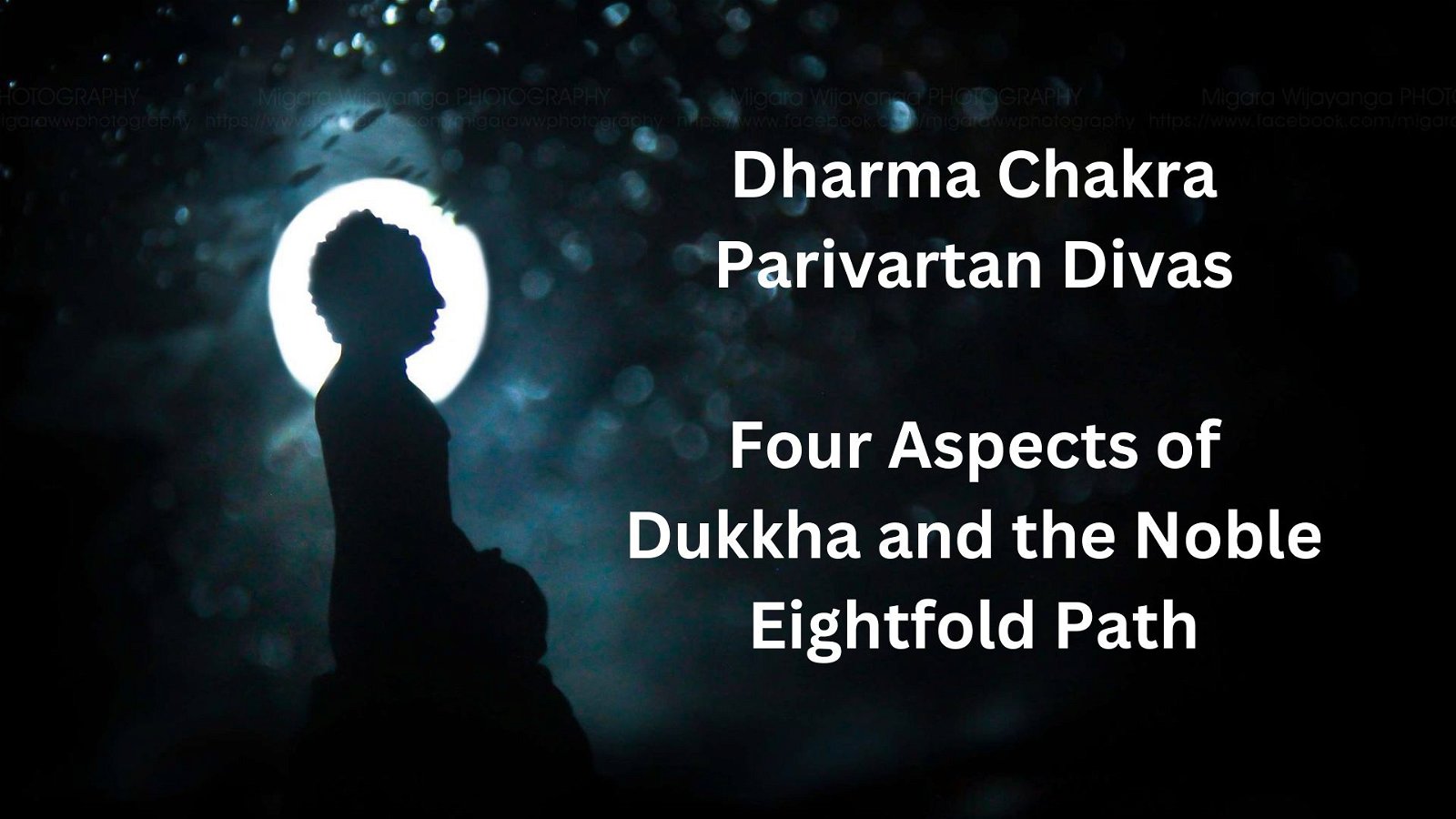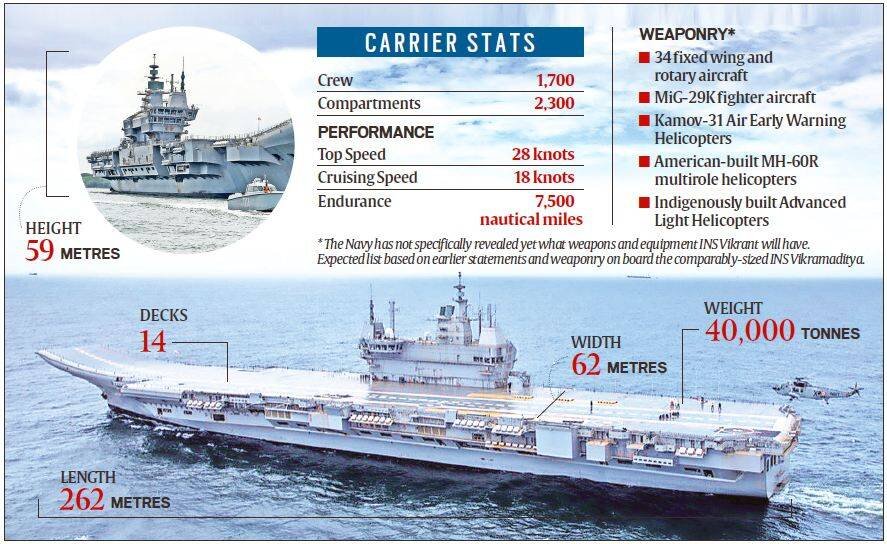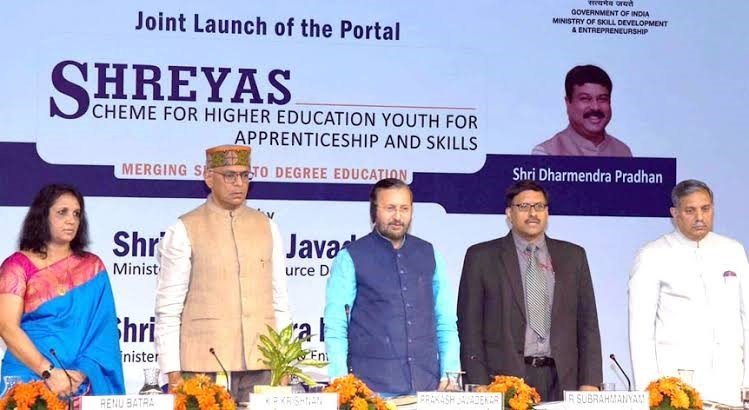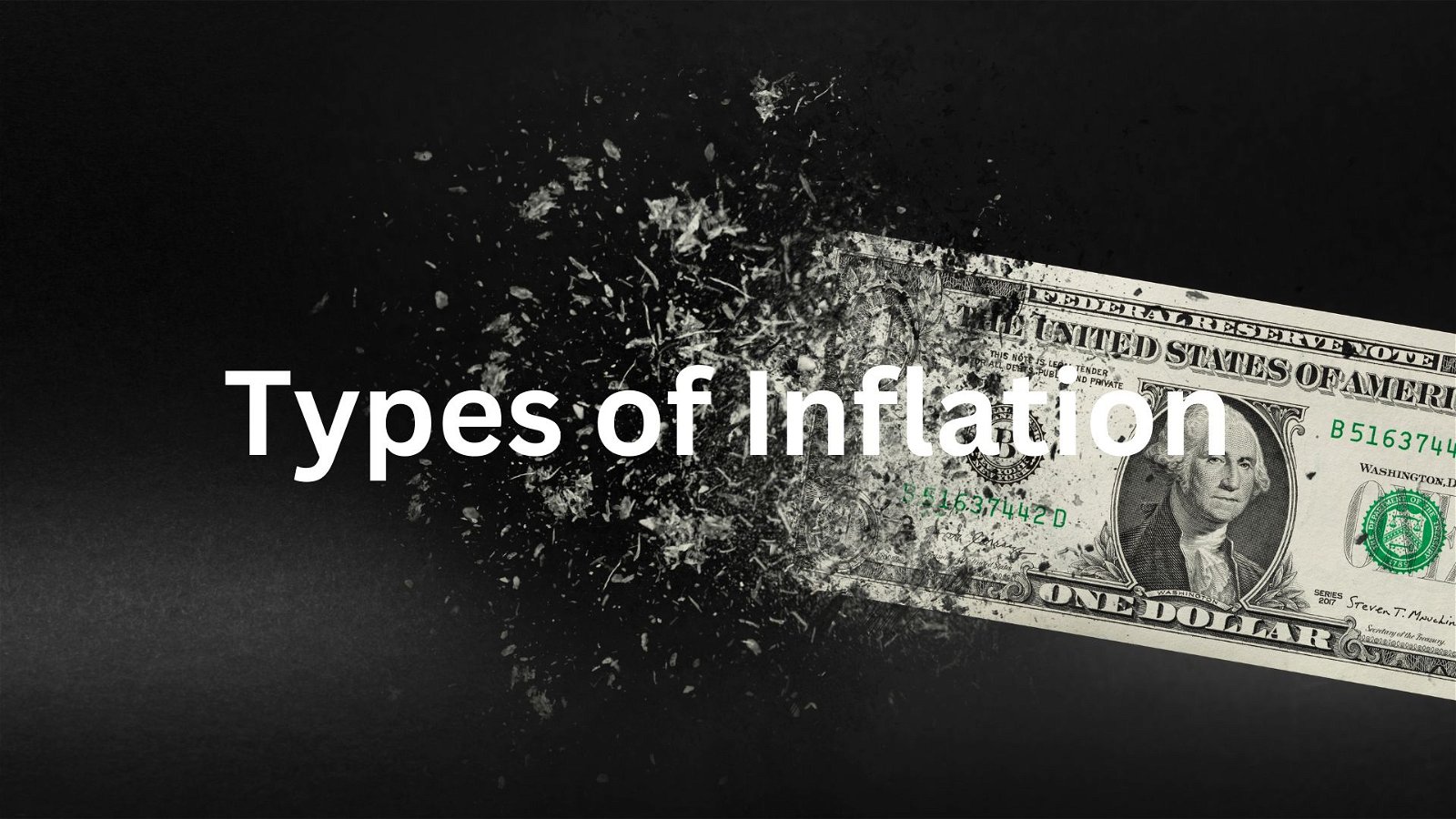
Current Affairs January 06, 2024: India-Nepal Relations, Piracy in the IOR, PRITHvi Vigyan Scheme, Year End Recap of MoRTH, Legal Services Authority Act (LSAA), Wetland City Accreditation
Subscribers of "Current Affairs" course can Download Daily Current Affairs in PDF/DOC
Subscribe to Never Miss an Important Update! Assured Discounts on New Products!
Must Join PMF IAS Telegram Channel & PMF IAS History Telegram Channel
{GS2 – IR – India-Nepal} External Affairs Minister’s Visit to Nepal
- Context (IE): The External Affairs Minister recently visited Nepal.
Key Outcomes of the Visit
- Nepal to export 10,000 MW of power to India in the next 10 years.
- MoU for cooperation in renewable energy was signed by the Nepal Electricity Authority and National Thermal Power Corporation Limited, India.
- Both countries exchanged agreements on the implementation of High Impact Community Development Projects, Munal Satellite, and Handover of 5th tranche of post-Jajarkot earthquake relief supply.
- Inauguration of three cross-border transmission lines.
India-Nepal Relations: Convergences
Economic cooperation
- India is Nepal’s largest trade partner (Nepal is India’s 11th largest) and the largest source of total foreign investments, accounting for 32% of total FDI in Nepal.
Military relations
- India has been assisting the Nepal Army in its modernization by supplying equipment and providing training, assistance during disasters, and joint military exercises (E.g. Exercise Surya Kiran).
- The Gorkha regiments of the Indian Army are raised partly by recruitment from hill districts of Nepal.
Connectivity
- India has been assisting Nepal in the development of border infrastructure through the upgradation of roads in the Terai area.
- Development of cross-border rail links at Jogbani-Biratnagar, Jaynagar-Bardibas; and establishment of Integrated Check Posts at Birgunj, Biratnagar, Bhairahawa, and Nepalgunj.
Development
- Various projects have been implemented in the areas of Health, Agriculture, digital technology, etc. E.g. acceptance of UPI by Nepal.
- The total economic assistance earmarked under ‘Aid to Nepal’ budget in FY 2022-23 was Rs 6.8 billion.
- During the 2015 Nepal earthquake, India was the first country to respond by dispatching National Disaster Response Force teams and special aircraft with rescue and relief materials.
Water resources cooperation
- A three-tier bilateral mechanism was established in 2008, to discuss issues relating to cooperation in water resources, flood management, inundation, and hydropower between the two countries.
- Investment in Arun-3 run-of-the river hydroelectric project.
Energy cooperation
- India and Nepal have had a Power Exchange Agreement since 1971 for meeting the power requirements in the border areas of the two countries.
- Agreement on ‘Electric Power Trade, Cross-border Transmission Interconnection and Grid Connectivity’ signed in 2014 to facilitate cross-border electricity transmission, grid connectivity & power trade.
- India has built several hydroelectric projects, like Pokhara, Trisuli, Western Gandak, Devighat, etc in Nepal.
- South Asia’s first cross-border petroleum products pipeline connecting Motihari in India to Amlekhgunj in Nepal was inaugurated in 2019.
Culture & Community
- The India-Nepal Treaty of Peace and Friendship of 1950 forms the bedrock of the special relations that exist between India and Nepal.
- Under the Treaty, Nepalese citizens enjoy unparalleled advantages in India, availing facilities and opportunities at par with Indian citizens.
- Familiarization visits to India by Nepalese journalists/editors and short-term training in India for Nepalese editors/ journalists/experts/officials in the field of print & electronic media and archaeology.
- Sister-city agreements (Kathmandu-Varanasi, Lumbini-Bodhgaya, and Janakpur-Ayodhya) signed between both countries.
India-Nepal Relations: Divergences
- Trade in favor of India: Trade between the two countries is highly in favor of India.
- Outstanding border disputes between the two countries at Susta, Kalapani, and the ‘tri-junction’ of Lipulekh.
- Release of a New Map by Nepal in 2019 claiming Kalapani, Limpiyadhura, and Lipulekh of Uttarakhand and the area of Susta, Bihar as part of Nepal.
- Revision of India-Nepal Friendship Treaty 1950 as Nepal views it outdated, unequal and gives unprecedented powers to India to interfere in Nepal’s domestic matters.
- Big-brother attitude: India has been accused of interfering in the country’s internal affairs, acting as a ‘hegemon’ or ‘big brother’, driving its policies in self-interest, and overlooking Nepal’s sensitivities.
- Lack of timely implementation of projects: E.g. Kosi Agreement (signed in 1954) and Mahakali Treaty (in 1996) to build the Pancheshwar Multipurpose Project have not been implemented to date.
- Security concerns: Open borders between both are being abused for fostering illegal activities such as Illegal migration, infiltration, Human trafficking, smuggling of fake currencies, drugs and arms, etc.
- China factor: China’s chequebook diplomacy, its influence, and its presence (Nepal’s participation in BRI, Trans-Himalayan Multi-Dimensional Connectivity Network) in the region pose challenges to the India-Nepal relationship.
Nepal-China Relations
|
Way Forward
- Focus on core areas such as economic diplomacy, people-to-people ties, and cultural connections to create stronger dependency bonds.
- Enhancing connectivity through timely completion of pending projects.
- Winning the perception battle by exhibiting India’s commitment to an equitable and sustainable partnership based on mutual respect, the principle of sovereignty, and non-interference.
- Promoting ‘backdoor diplomacy’ to unite the entire political spectrum and encourage talks to resolve thorny issues. E.g. Madhesi rights.
- Resolving border issues by forming a Joint Technical Boundary Committee.
| Backchannel diplomacy, also known as Track II diplomacy, is the practice of informal, unofficial, and non-governmental contacts and activities between private citizens or groups of individuals.
Chequebook diplomacy is a foreign policy that involves countries exchanging economic aid and investments to gain diplomatic favor. |
{GS2 – IR – IOR} Maritime Piracy in the Indian Ocean Region
- Context (TH): INS Chennai successfully averted hijacking a merchant vessel near the Somalian coast.
- Somalia, with a history of civil war and poor territorial protection, remains a hotspot for maritime piracy.

Maritime Piracy
- The UN Convention on the Law of the Sea (UNCLOS) defines maritime piracy as kidnapping, violence, or robbery on a private boat or ship for personal gain.
|
Impacts of maritime piracy
- Physical Harm, Kidnapping and Associated Humanitarian Concerns result in trauma and accidents.
- Delays in consignments and economic losses lead to global effects.
- Targeting fishing vessels affects the livelihoods of fishermen and the availability of seafood.
- Piracy is part of a worldwide organised crime network leading to the financing of illegal activities.
Steps to Counter Maritime Piracy
- The Indian Navy’s Information Management and Analysis Centre (IMAC) and Information Fusion Centre for the Indian Ocean Region (IFC-IOR) work in maritime security.
- The Maritime Anti-Piracy Act of 2022 was legislated to give effect to arrest and prosecute pirates and strengthen the fight against piracy.
- The SAGAR (Security and Growth for All in the Region) initiative provides a framework for maritime cooperation in the Indian Ocean region.
- Indian Ocean Naval Symposium is an initiative to increase maritime cooperation among the littoral states of the Indian Ocean Region (IOR).
- Indian Ocean Rim Association (IORA), an intergovernmental organisation, works for maritime security in the Indian Ocean.
- The International Maritime Organization (IMO) is a specialised agency of the United Nations developing and adopting international regulations and standards for maritime safety.
INS Chennai
- INS Chennai (D65) is the third and last ship of the Kolkata-class stealth-guided missile destroyers of the Indian Navy.
- It was constructed by the Mazagaon Dock Limited (MDL) in Mumbai.
- INS Chennai can carry the supersonic BrahMos surface-to-surface missile system.
MARCOS
- The Marine Commandos (MARCOS), officially called the Marine Commando Force (MCF), are the special forces of the Indian Navy.
- MARCOS was founded in 1987. MARCOS can operate in all environments: at sea, in air and on land.
- The MARCOS also regularly undertake specialised maritime operations in Jammu and Kashmir through the Jhelum River and Wular Lake.
{GS2 – MoES – Schemes} PRITHvi Vigyan Scheme
- Context (PIB): The Union Cabinet approved the “PRITHvi VIgyan (PRITHVI) Scheme of the Ministry of Earth Sciences.
- The scheme integrates five existing sub-schemes:
- Atmosphere & Climate Research-Modelling Observing Systems & Services (ACROSS)
- Ocean Services, Modelling Application, Resources and Technology (O-SMART)
- Polar Science and Cryosphere Research (PACER)
- Seismology and Geosciences (SAGE) and
- Research, Education, Training and Outreach (REACHOUT)
- The scheme will holistically address all five components of the Earth system to improve the understating of the Earth System Sciences.
| Earth System Sciences deal with all the five components of the earth system: atmosphere, hydrosphere, geosphere, cryosphere, and biosphere, and their complex interactions. |
Objectives
- Augmentation and sustenance of long-term observations of the atmosphere, ocean, geosphere, cryosphere, and solid earth to record the vital signs of the Earth System and change.
- Development of modeling systems for understanding and predicting weather, ocean, and climate hazards and understanding the science of climate change.
- Exploration of polar and high seas regions of the Earth towards discovery of new phenomena and resources;
- Development of technology for exploration and sustainable harnessing of oceanic resources for societal applications.
- Translation of knowledge and insights from Earth systems science into services for societal, environmental, and economic benefit.
{GS2 – MoRTH – Schemes} Year End Recap of MoRTH
- Context (PIB): Year End Review 2023- Ministry of Road Transport and Highways (MoRTH) was released.
Bharatmala Pariyojana
- The primary focus is optimising the efficiency of moving goods and people across the country.
- The Pariyojana emphasised a “corridor-based National Highway development” to ensure infrastructure symmetry and consistent road user experience.
- Phase I, approved in October 2017, focuses on bridging critical infrastructure gaps by developing 34,800 km of National Highways.
- Key components: Economic corridor development, Inter-corridor and feeder routes development, National corridor efficiency Improvement, Border and International Connectivity Roads, Coastal and Port Connectivity Roads and Expressways are critical components of the scheme.
- 35 Multimodal Logistics Parks will be developed as part of Bharatmala Pariyojana.
Multi-Modal Logistics Park (MMLP)
|
“RajmargYatra” and “NHAI One”
- “RajmargYatra“ is a citizen-centric Mobile Application with an in-built complaint redressal system.
- “NHAI One” is a mobile app facilitating the execution of National Highway Projects.
Bharat series (BH-series) of vehicle registration
- This has come into force with effect from 2021.
- It has been incorporated in the Central Motor Vehicles Rules, 1989.
- It is voluntary to Defense personnel, Central Government/ State Government/ Central/ State Public Sector Undertakings employees and private sector companies/organisations with offices in four or more States/Union territories.
|
Real Driving Emission (RDE)
- A gap is observed in the vehicle’s emission performance in laboratory testing and actual driving conditions.
- It was first introduced in Europe, and now India has also introduced RDE regulations along with Bharat Stage IV norms.
{GS2 – Polity – IC – FRs} Parole | Parole vs Furlough
- Parole refers to a prisoner’s timebound release before the end of a sentence, in exchange for good behavior.
- It is the privilege given to the prisoners to return to society and socialize with families and friends.
- It can last up to one month and can be extended under special circumstances.
Exemptions to Parole
- Those convicted of crimes against the state or are a threat to national security.
- People convicted of murder, rape of children, and other crimes, unless the issuing authority decides otherwise.
Furlough
|
|
Distinction Between Parole and Furlough
|
Basis of Distinction |
Parole |
Furlough |
|
Awarded in case of |
Short-term detention: The period of release does not count towards the total period of the sentence. | Long-term detention: The period of release is counted towards the total period of the sentence. |
|
Duration |
Lasts for one month. | Lasts for a maximum of 14 days. |
|
Reason |
It is not seen as a matter of right.
It is given to a prisoner for a specific reason (E.g. death in the family). |
It is seen as a matter of right for prisoners to be granted periodically.
It can be granted without any reason. |
|
Granting Authority |
Divisional Commissioner | Deputy Inspector General of Prisons |
|
Declining request |
It is granted at the request of the prisoner and can be denied. | Generally, not denied as it is a right of the prisoner. |
|
Frequency |
It can be granted multiple times. | It can be given for limited time. |
{GS2 – Polity – Judiciary} SC Legal Services Committee (SCLSC)
- Context (IE): SC judge Justice BR Gavai has been nominated as the Supreme Court Legal Services Committee (SCLSC) Chairman.
- SCLSC is an institution in India that aims to provide legal aid to marginalised and weaker sections.
- The SCLSC was constituted under Section 3A of the Legal Services Authorities Act (LSAA), 1987.
- The Central Authority (the National Legal Services Authority or NALSA) shall constitute SCLSC.
Composition of SCLSC
- Sitting SC judge as Chairman
- Other members (Nine members) possessing the experience and qualifications prescribed by the Centre and nominated by CJI.
- CJI will nominate both the chairman and other members.
- CJI can appoint the Secretary to the Committee.
Constitutional Provisions
- Articles 14 and 22(1) also make it obligatory for the State to ensure equality before the law and a legal system that promotes justice based on equal opportunity.
- Under Art 21, the right to free legal aid or legal service is fundamental.
- Article 39A, free legal aid and equal justice are provided to all citizens by appropriate legislation, schemes or other means to ensure that no citizen is denied access to justice.
|
{GS2 – Polity – Judiciary} Legal Services Authority Act (LSAA),1987
- The LSAA, 1987, came into effect in November 1995
- The idea of a legal aid programme was floated in the 1950s.
- In 1980, the Committee for Implementing Legal Aid Schemes (CILAS) was established under the chairmanship of then SC judge Justice PN Bhagwati.
- The National Legal Service Day (NLSD) was declared on November 9, 2009.
- As stated under the Act, the legal aid is to be provided by the State, District, and Taluk Legal Service Authorities/Commissions formed throughout the country.
Types of services under the Legal Services Authority Act
Free legal awareness
- To make the public aware of laws and schemes issued by public authorities.
- Legal camps and aid centres are organised by authorities so that the general public can seek advice.
Free legal aid counsel
- A person who wants to defend or file a case in a court of law but does not have the means to hire an advocate can seek the assistance of a free legal aid attorney.
- Lok Adalats are the primary method by which the legal services authorities decide disputes.
- Victim Compensation
- Settlements of disputes through Alternative Dispute Resolution (ADR) Mechanisms.
- Various ADR mechanisms are Arbitration, Conciliation, and Judicial settlement, including settlement through Lok Adalat or Mediation.
|

Structural Organization under LSAA
- National Level: NALSA was constituted under the Legal Services Authorities Act, 1987.
- Supreme Court: Supreme Court Legal Services Committee
- State Level: State Legal Services Authority. It is headed by the State HC’s CJ, its Patron-in-Chief.
- High Court: High Court Legal Services Committee
- District Level: District Legal Services Authority. The District Judge of the District is its ex-officio Chairman.
- Taluka/Sub-Division Level: Taluka/ Sub-Divisional Legal Services Committee. A senior Civil Judge heads it.

National Legal Services Authority (NALSA)
- It monitors and reviews the effectiveness of legal aid programs.
- It develops rules and principles for providing legal services under the Act.
- It also distributes funding and grants to state legal services authorities and non-profit organisations to help them execute legal aid systems and initiatives.
Composition Of NALSA
- NALSA shall consist of the CJI, who shall be the Patron-in-Chief.
- A serving or retired Judge of the SC (nominated by the President, in consultation with the CJI) who shall be the Executive Chairman.
Who is eligible to get free legal services?
- Women and children
- Members of SC/ST
- Industrial workmen
- Victims of mass disasters, violence, floods, drought, earthquakes, and industrial disasters.
- Disabled persons
- Persons in custody
- Victims of Trafficking in Human beings or begar.
- Those persons who have an annual income of less than
- The amount prescribed by the respective State Government, if the case is before any court other than the SC, and
- Rs. 5 Lakhs if the case is before the Supreme Court.
Other Initiatives
Legal Service Mobile App
- NALSA has launched the Legal Services Mobile App on Android and iOS to enable easy access to legal aid for ordinary citizens.
DISHA Scheme
- The Department of Justice (DoJ) has launched comprehensive, holistic, integrated and systemic solutions for access to justice at the pan-India level.
- This will be achieved through a “Designing Innovative Solutions for Holistic Access to Justice (DISHA)” scheme.
- All the Access to Justice Programmes have been merged under the DISHA scheme and upscaled to all India levels.

{GS3 – Envi – Wetlands} Wetland City Accreditation (WCA)
- Context (PIB): MoEFCC nominated Indore (Madhya Pradesh), Bhopal (Madhya Pradesh) and Udaipur (Rajasthan) for Wetland City Accreditation (WCA) under the Ramsar Convention on Wetlands.
- The Wetland City Accreditation Scheme is a voluntary scheme approved in 2015 in COP12 of the Ramsar Convention.
- It recognizes cities that have taken exceptional steps to safeguard their urban wetlands.
- To be formally accredited, a candidate for the Wetland City Accreditation should satisfy the standards used to implement each of the six international criteria mentioned for WCA of the Ramsar Convention.
- Validity: Once granted, it is valid for a period of 6 years.
Objective
- Promote the conservation and wise use of urban and peri-urban wetlands, as well as sustainable socio-economic benefits for local populations.
- It seeks to encourage cities that are close to and dependent on wetlands, primarily Wetlands of International Importance, but also wetlands with other conservation category status, to develop and strengthen a positive relationship with wetlands.
Cities Nominated for Accreditation
Udaipur
- Located in Rajasthan, the city is surrounded by five major wetlands, namely, Pichola, Fateh Sagar, Rang Sagar, Swaroop Sagar, and Doodh Talai.
- These wetlands are an integral part of the city’s culture and identity, help maintain the city’s microclimate, and provide a buffer from extreme events.
Bhopal
- One of the cleanest cities in India that has proposed conservation zones around the wetlands in its draft City Development Plan 2031.
- Bhoj Wetland, Ramsar Site is the city’s lifeline, equipped with the world-class wetlands interpretation centre, Jal Tarang.
Indore
- Founded by Holkars, Indore is the cleanest city in India and the recipient of India’s Smart City Award 2023 for its best sanitation, water, and urban environment.
- Sirpur Lake, a Ramsar Site in the city, has been recognized as an important site for water bird congregation and is being developed as a Bird Sanctuary.
Wetlands
- Wetlands are areas of marsh or peatland with water that is static or flowing, fresh, brackish, or saline, including areas of marine water the depth of which at low tide does not exceed 6 m.
- Wetlands are transition zones (ecotone) between terrestrial and aquatic ecosystems.
- Wetlands are usually rich in nutrients and have abundant growth of aquatic macrophytes (aquatic plants large enough to be seen by the naked eye).
Types of wetland

For details, visit >Ramsar Convention on Wetlands, Ramsar Sites of India.
{GS3 – IE – National Income} Advance estimates on National Income
- Context (PIB): First Advance Estimates (FAE) of National Income (NI) for FY 2023-24 were released.
- National Statistical Office, Ministry of Statistics and Programme Implementation releases it.
- Real GDP or GDP at Constant (2011-12) prices in the year 2023-24 is estimated to be around ₹171.79 lakh crore, an improvement from the provisional estimates of 2023.
- The growth in real GDP during 2023-24 is estimated at 7.3 per cent compared to 7.2 per cent in 2022-23.
- Nominal GDP or GDP at Current Prices in the year 2023-24 is estimated at ₹296.58 lakh crore.
- The growth in nominal GDP during 2023-24 is estimated at 8.9 per cent.
Calculation of advance estimates of NI
- They are indicator-based and are compiled using the benchmark-indicator method.
- The estimates available for the previous year are extrapolated using the performance of sectors.
- These indicators include the Index of Industrial Production (IIP), the financial performance of Listed Companies, Crop production targets, Fish Production, Cement and Steel industry, Railways performance, Cargo movement, vehicle sales, etc.
- However, these are early projections for 2023-24, with the scope of revision based on improved data coverage.
Basics Terms
National income
- National income measures the net value of goods and services produced in a country during a year and includes net earned foreign income.
- In other words, a total of national income measures the flow of goods and services in an economy.
- National income is a flow, not a stock.
Gross National Product (GNP)
- GNP refers to the monetary value of total output or production of final goods and services produced by the nationals of a country during a given period, generally a year.
Gross Domestic Product (GDP)
- GDP is the total monetary value of all final goods and services within the country’s geographical boundaries during a given period.
- Nominal GDP is the total value of all goods and services produced in a given period.
- Real GDP is nominal GDP adjusted for inflation.





![PMF IAS Environment for UPSC 2022-23 [paperback] PMF IAS [Nov 30, 2021]…](https://pmfias.b-cdn.net/wp-content/uploads/2024/04/pmfiasenvironmentforupsc2022-23paperbackpmfiasnov302021.jpg)












